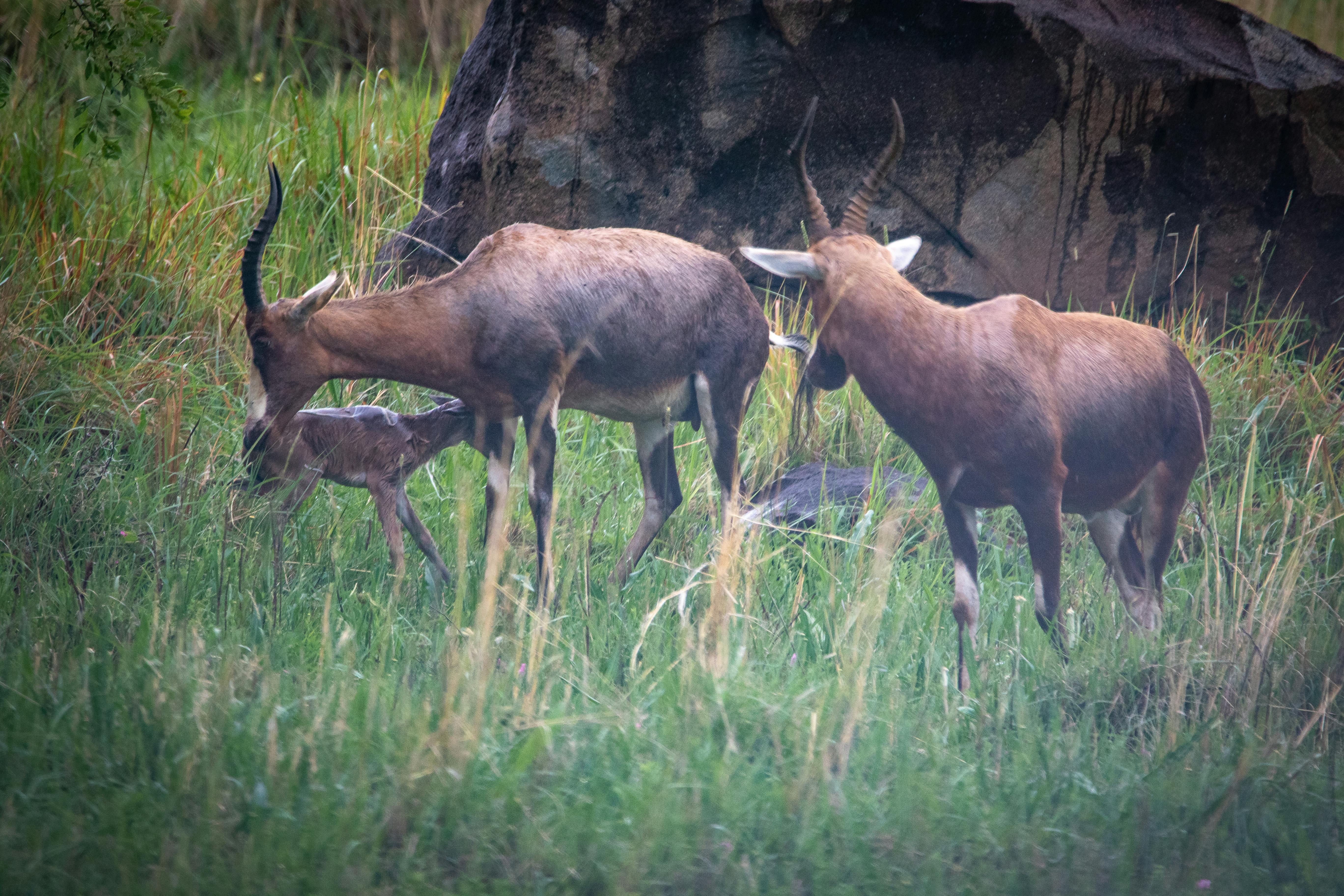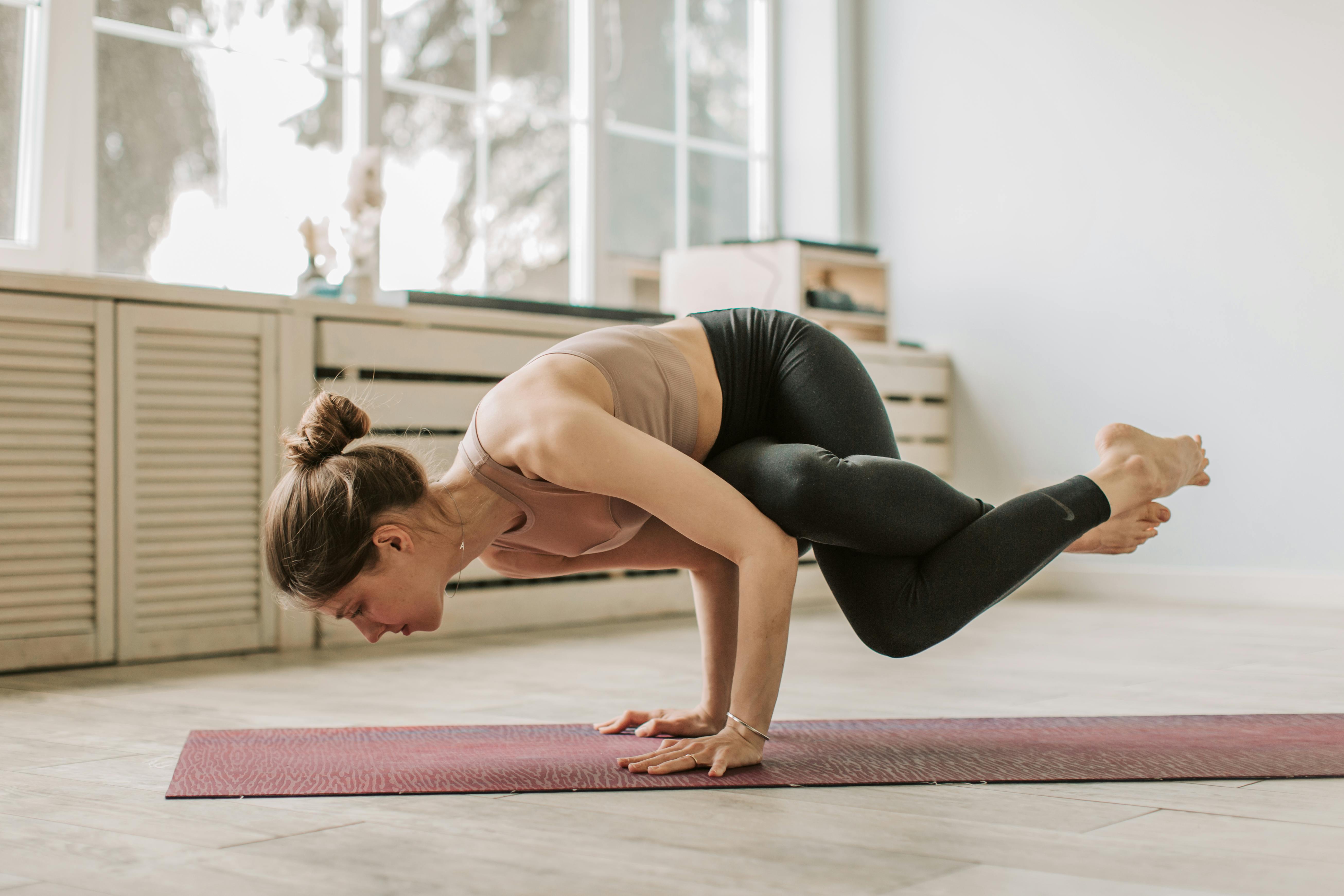
Kerala Folk Dances
admin
- 0
Kerala is not only famous for its natural extravagance in the form of beaches, valleys and backwaters, but also for its level of literacy and for preserving its traditional art and culture. Its uniqueness can be seen in classical music and dance forms, colorful costumes, ballads, theater, tribal dances, and folk art forms. Even handicrafts, woodwork, and wall paintings also preserve Kerala’s skilled art forms.
Kerala has almost fifty types of folk dance forms, all unique in their own special way. Some of them are Kanniyarkali, Kaliyattom, Kolkali, Kuravarkali, Thapukkali, Kolam thullal, Purakkali, and Valakai. These dances reflect the various facets of life and the emotions that are expressed in the form of movements to the beat of the music. A group of musicians trained with traditional musical instruments establish the intricate rhythms upon which the sparkling feet strike. Some of the famous folk dance forms are detailed below.
Theyyam or Kaliyattam is a very famous dance form, which includes days of practice before performing it. The origin of the dance form is said to be in the northern part of the state. Elaborate makeup and costumes are prepared for the dancers, especially the main character of the hero named Theyyam, the divine character. The entire dance form has a mythological relevance and is performed in almost all village temples as a ritual.
Kavadiyattam is another form of ritual dance performed in the Subramanya Temples and features dancers who have perfumed ashes all over their bodies and carry arched wooden hangers called Kavadis that are decorated with colored paper. The Ambalakavadi is brilliantly decorated as a representation of the temple with plastic flowers and paintings. Udukku, Chenda, and Nadaswaram are used as musical instruments. The dancers simply dance to their melodies carrying the wooden hangers and represent a procession.
Thiruvathirakali is a traditional dance form associated with the joint families of Kerala. In this form of dance, women dressed in white saris with golden edges and hair decorated with garlands of white flowers called gajras, dance to the rhythm of Thiruvathira Pattu, in an elegant and synchronized way.
Oppana is a wedding dance among Muslim families in Kerala. In this form of dance, the fully decorated bride sits in the middle, while her friends and relatives simply sing and dance around her, clapping in chorus. Today it is carried out with all pomp and show, as weddings today have become grand. The songs include lyrics that actually tease the bride about her dreams of her husband and her new marital life.
Velakali is a more violent dance form, depicting soldiers with swords and shields, matching the steps to the rhythmic rhythms of thakil, kuzhal, and elathalam. Around fifty artists participate in the dance to create a scene of war. The dance can be dedicated to a worshiped idol or it can be performed in front of the temple pond.
Sarpattu is the snake dance performed in the Nagaraja temples in Kerala, who is worshiped as the Serpent God. Women of the Pulluvar caste, dressed in colorful costumes, dance to the rhythm of Sarpattu and the melodies of Pulluvakudam, until they are breathless. The dance takes place on a decorated floor and pandal in front of the Nagraja idol.
Ottamthullal is known as the popular version of Kathakali, which was developed by Kunchan Nambiar, a famous southern poet. This form of dance was created especially for one purpose, which was to communicate to people to fight against the strict socio-political structure of the society of that time. The dancers, dressed in elaborate costumes, perform a story with a message and develop it with their humor and expressions to keep the audience interested in the story.
So when planning your Kerala trip, don’t miss out on these folk art forms that carefully preserve the culture and tradition of the south.
